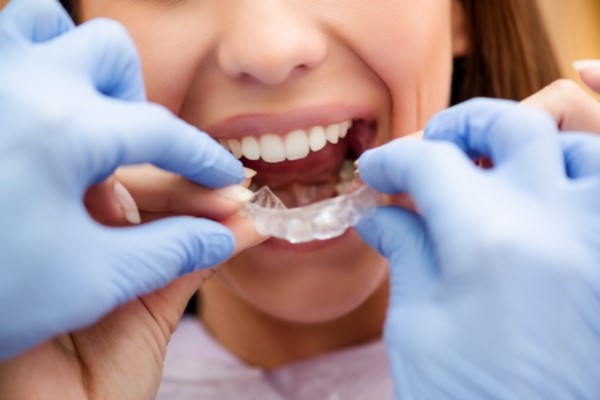Can All-on-4® Implants Fail?

Choosing to get All-on-4 is perhaps one of the biggest decisions you will make in life. You would want to know the risks of failure or potential complications and how you can prevent them. It helps to be aware of these risks even if the chances of failure are low. The article talks about the risks of All-on-4® implant failure and what you can do.
Risks of implant failure
Placing dental implants involves surgery, and like all surgical procedures, there are risks. With All-on-4 implants, the risks are very minimal, but that means it can still happen. On average, 5 percent of all implants placed will not fuse with the jawbone – a situation called “implant failure.” It is sometimes hard to tell why an implant failed, and that can be frustrating for the patient and the dentist. Fortunately, in most cases of implant failure, the dentist can redo the implant procedure with a high probability that the implant will fuse with the bone the second time.
It is hard to tell when implant failure will happen. However, patients can minimize the risks by following the dentist’s instructions, including soft foods, good oral hygiene and no smoking. Below are some of the potential causes of implant failure:
Infection
All-on-4 implants rarely get infected. If infection occurs, it could be due to contamination during the implant surgery or patient factors. Implant infection, sometimes called peri-implantitis, can lead to implant failure, and some of the signs include:
Loose implant
Inflammation or redness around the implant
Pain around the implant area
Bleeding when brushing
Pus
Fever
Bad breath or taste
Exposed implant head
If the infection is detected promptly, the implant can still be saved. The dentist will recommend an oral hygiene routine, mouth rinse or antibiotics to heal the infection. Left untreated, the infection will worsen and cause implant failure. Patients can prevent infections by cleaning the All-on-4 properly and visiting the dentist regularly for a checkup.
The dentist’s experience
The experience and expertise of the dentist performing the All-on-4 surgery is perhaps the most crucial factor contributing to the success or failure of the implants. The procedure is complicated, so patients must ensure that the dentist performing the procedure has proper training and experience in handling the surgery. They also need to have good records of success with past patients.
Badly placed implants could occur if the dentist is inexperienced. It could affect speech, delay the healing process, and the result may not be cosmetically appealing. The final restoration may feel out of place in the mouth. The latest techniques and technology available today make poorly placed implants inexcusable. With proper planning, x-rays, implant planning software and try-ins of the permanent restoration, the risk of complications should be significantly lower.
In conclusion
Proper planning and post-procedure care help to increase the success rate of All-on-4 implants. It is crucial that you choose an experienced dental professional for the procedure. That way, even if complications occur after treatment, you will be sure that you are in safe hands.
Request an appointment here: https://www.atlantisdentist.com or call Atlantis Dental Care P.A. at (561) 965-9988 for an appointment in our Atlantis office.
Check out what others are saying about our services on Yelp: Read our Yelp reviews.
Recent Posts
Invisalign® aligners are a type of appliance used in orthodontics. These transparent mouth trays are used to push your teeth towards a better alignment. That is the same principle that powers other devices used in orthodontics, like conventional braces. Gradually pushing on teeth leads to them slowly moving in the direction they are being pushed.…
Invisalign aligners are a popular form of orthodontics nowadays. Many patients prefer the discreet nature of these clear aligners over the conspicuous appearance of conventional metal braces. When braces were the only way to straighten teeth, adults and teenagers often avoided getting teeth straightening treatment so they would not have to deal with the look…
A dental filling can be used to repair cavities that form on teeth due to tooth decay. Fillings can also be used to rebuild teeth structures that have been compromised by tooth decay or to repair broken and worn-down teeth.Tooth decay is the result of oral bacteria feasting on food particles that are stuck on…
You may be wondering if an implant supported bridge or a traditional one is right for you. It is a good idea to know a few pros and cons of each one. For example, implants might last longer for you. Keep reading to find out more about getting an implant supported bridge.Bridges can cover gaps…


